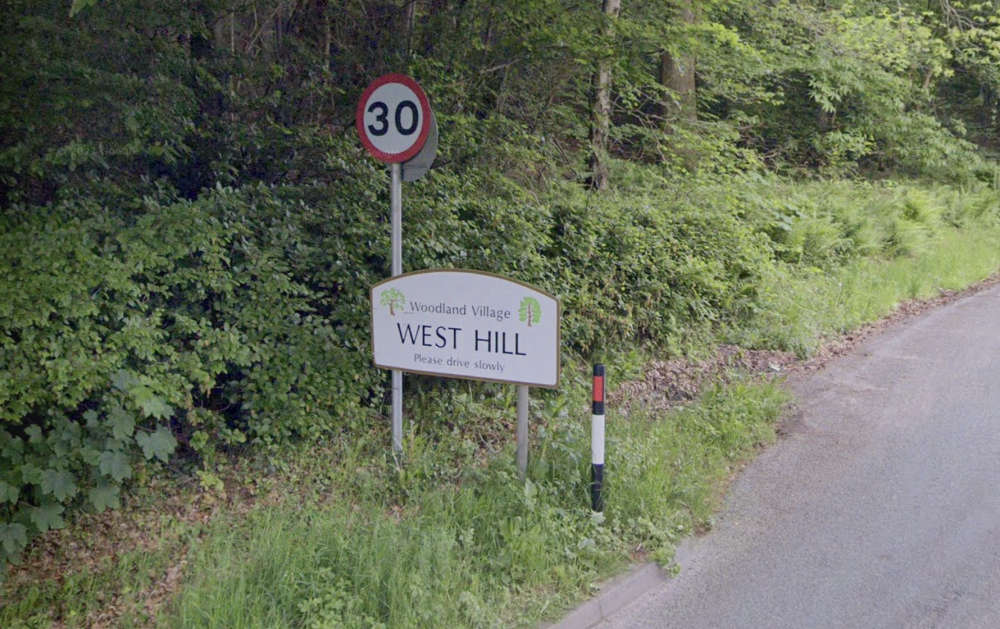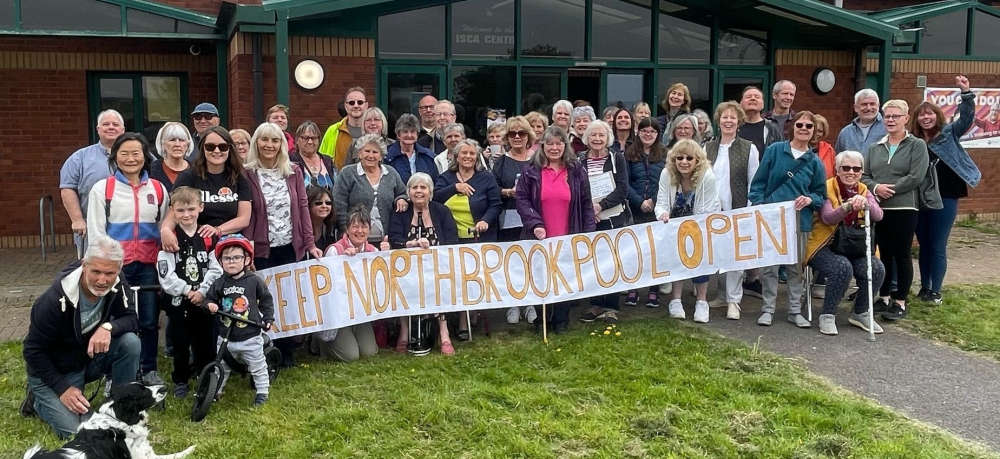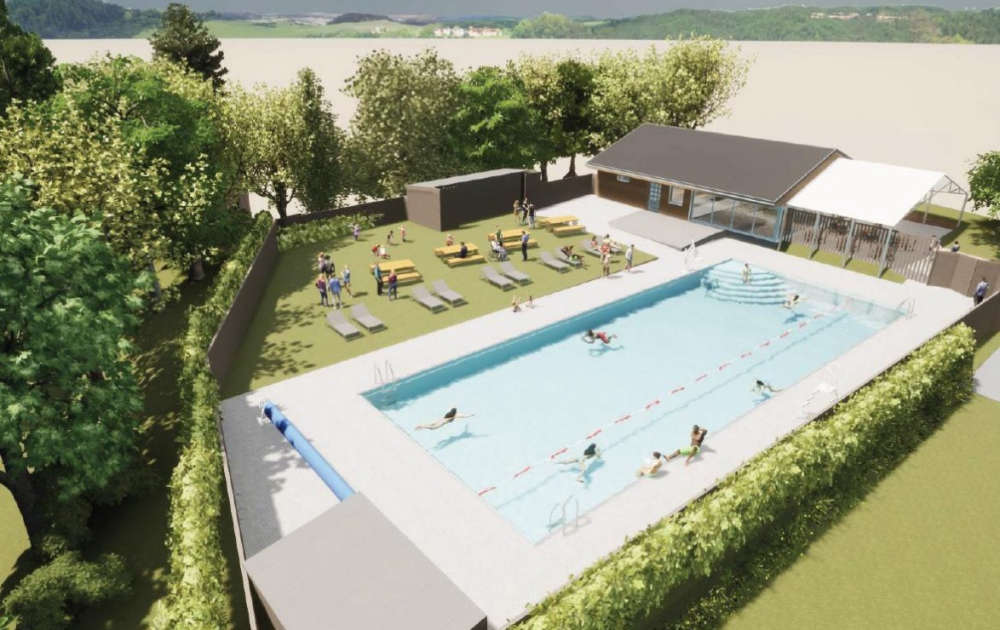
West Hill development approved
Plans for new homes in an East Devon village will have to be brought back to planners after votes to approve and reject the scheme failed.
Thirty-four homes south of Windmill Lane in West Hill, near Ottery St Mary, came close to being approved as long as additional requirements on renewable energy were stipulated.
But when this vote at East Devon District Council’s planning committee failed, another motion to refuse the scheme emerged, largely based on the premise that too many homes were planned, out of kilter with the character of West Hill.
Before that could be put to the vote, though, it was withdrawn once a third motion emerged to defer a decision, with council officers tasked to work with the developer, Strongvox, on a proposal with fewer properties.
Cllr Sarah Chamberlain (Liberal Democrat, Broadclyst) said she believed it was overdevelopment. “There are too many houses on the plan,” she said.
“I do think the site can be developed but that 34 is too much, and so if the proposal to reject the scheme can be withdrawn, then I would propose a deferral so that the council can consult with the developer to see if the numbers on the application can be adjusted.
“I would rather do that than risk the applicant appealing.”
When refusing applications, councils must be confident they can defend their reasons in front of a planning inspector because if they lose, they are liable for the costs of the proceedings and have to approve a scheme they wanted to block.
West Hill Parish Council is also worried about overdevelopment. It said the village had already provided around 80 dwellings, more than it needed in order to comply with East Devon’s local plan.
“In addition to the current proposal, there are two other significant planning applications in West Hill, as yet undetermined, which could provide a further 54 dwellings,” comments provided by the parish council stated.
“Excessive levels of new house building will put pressure on the infrastructure of the village – notably primary school provision, secondary school provision, health services, and public open space and recreation facilities, and also on community cohesion.”
The developer had proposed 35 per cent of the homes on the site be ‘affordable’, together with a cash payment to the council in lieu of an additional 15 per cent affordable properties. It is not clear whether that will be impacted if the developer brings forward a scheme with fewer homes.
Earlier, some councillors had been encouraged by the renewable energy aspects of the scheme, with all homes set to have air-sourced heat pumps.
A proposed stipulation to ensure solar panels had also been considered and installed where suitable also proved popular with some councillors.
But the motion to approve the scheme failed because seven members voted against.
 Devon man to run round mainland Britain
Devon man to run round mainland Britain
 Decision on Exeter swimming pool due this week
Decision on Exeter swimming pool due this week
 South Hams tourism down, but average spending up
South Hams tourism down, but average spending up
 More East Devon council workers leaving
More East Devon council workers leaving
 Dartington pool expected to reopen
Dartington pool expected to reopen
